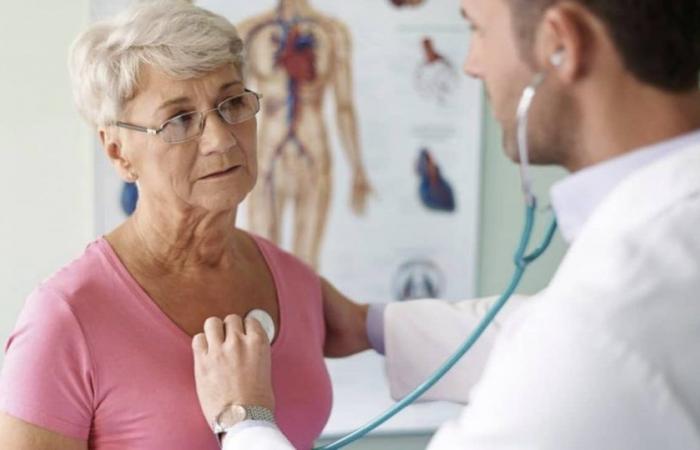Venous thromboembolic disease (VTE), often called thrombosis, is one of the leading causes of cardiovascular mortality in Europe. With an incidence of approximately 1 per 1000 inhabitants per year, it affects tens of thousands of people in France each year and causes between 5,000 and 10,000 deaths. In more than 50% of cases, thrombosis occurs without an identifiable cause, making it a major public health issue.
To respond to this challenge, an innovative research project entitled MORPHEUS is currently being developed under the direction of Professor Francis Couturaud, pulmonologist at Brest University Hospital. Funded by the European Union, this project is part of a multidimensional approach, aiming to create a predictive tool capable of better identifying patients at risk of recurrence after an episode of thrombosis.
A disease with multiple and sometimes invisible causes
VTE includes both superficial or deep venous thrombosis (phlebitis) and pulmonary embolism. In the latter, clots formed in the leg veins migrate to the lungs, which can cause severe complications such as breathing difficulties and chest pain. When not treated promptly, these complications can be fatal.
Known causes of thrombosis include cancer, taking oral contraceptives, prolonged immobilization, and surgical procedures. However, in more than half of cases, thrombosis occurs without an identifiable cause, then qualified as Unprovoked VTE. These patients are at particularly high risk of recurrence, with a 35% risk of the disease reappearing within five years following a first episode.
Anticoagulant treatment and its limits
Current treatment for VTE relies on the administration of anticoagulants to dissolve blood clots and prevent their future formation. These treatments, although effective, increase the risk of bleeding, an adverse effect which increases over time (2% per year, 20% after 10 years). Once treatment is interrupted, approximately 40% of patients develop a recurrence, fatal in 10% of cases.
This poses a dilemma for doctors: treat patients long-term to prevent recurrence, at the risk of increasing the bleeding rate, or stop treatment, with the threat of sometimes fatal recurrences. The MORPHEUS project aims to resolve this enigma by creating a tool capable of determining the optimal treatment duration for each patient, based on their specific profile.
MORPHEUS: A unique multidimensional project
The project MORPHEUS stands out for its broad scope and innovative approach. It brings together data from 14 European cohorts, involving more than 20,000 patients from eight countries (France, Netherlands, Spain, Germany, Switzerland, Poland, Sweden and Denmark). For the first time in the world, a tool combining clinical, biological, morphological and socio-anthropological indicators is being developed to accurately predict the risk of recurrence in patients with unprovoked VTE.
One of the major current challenges is to personalize anticoagulant treatment beyond the first three months, a key period after a first episode of thrombosis. To do this, MORPHEUS aims to identify biomarkers capable of predicting the risk of recurrence and hemorrhage, while taking into account the evolution of the disease in the patient (age, comorbidities, drug interactions). In addition, patients’ preferences, fears and expectations will be integrated into decision-making, thanks to a shared medical decision model.
A large-scale clinical trial
The MORPHEUS predictive tool will be validated during a clinical trial involving 2,400 patients in 40 European hospital centers. This validation phase will begin in December 2024 and will last four years. In France, the main actors involved in this project are the Brest University Hospitall’Insermthe network INNOVTE and theUniversity of Bordeaux.
Professor Francis Couturaud, project coordinator, underlines the importance of this innovation for precision medicine and public health. “ We hope that this tool will allow us to better adapt anticoagulant treatment to the specific needs of each patient, thus avoiding recurrences and unnecessary bleeding, while taking into account patient preferences. “, he said.
The MORPHEUS project represents a major advance in the management of thrombosis, a disease with potentially serious consequences. By merging data from thousands of European patients and developing a unique multidimensional tool, this project marks a turning point in the way unprovoked VTE is treated. MORPHEUS’ ambition is clear: to offer personalized care, based on solid scientific data, while integrating patient preferences for a shared medical decision.
Photo credit: DR
[cc] Breizh-info.com, 2024, dispatches free to copy and distribute subject to mention and link to the original source






